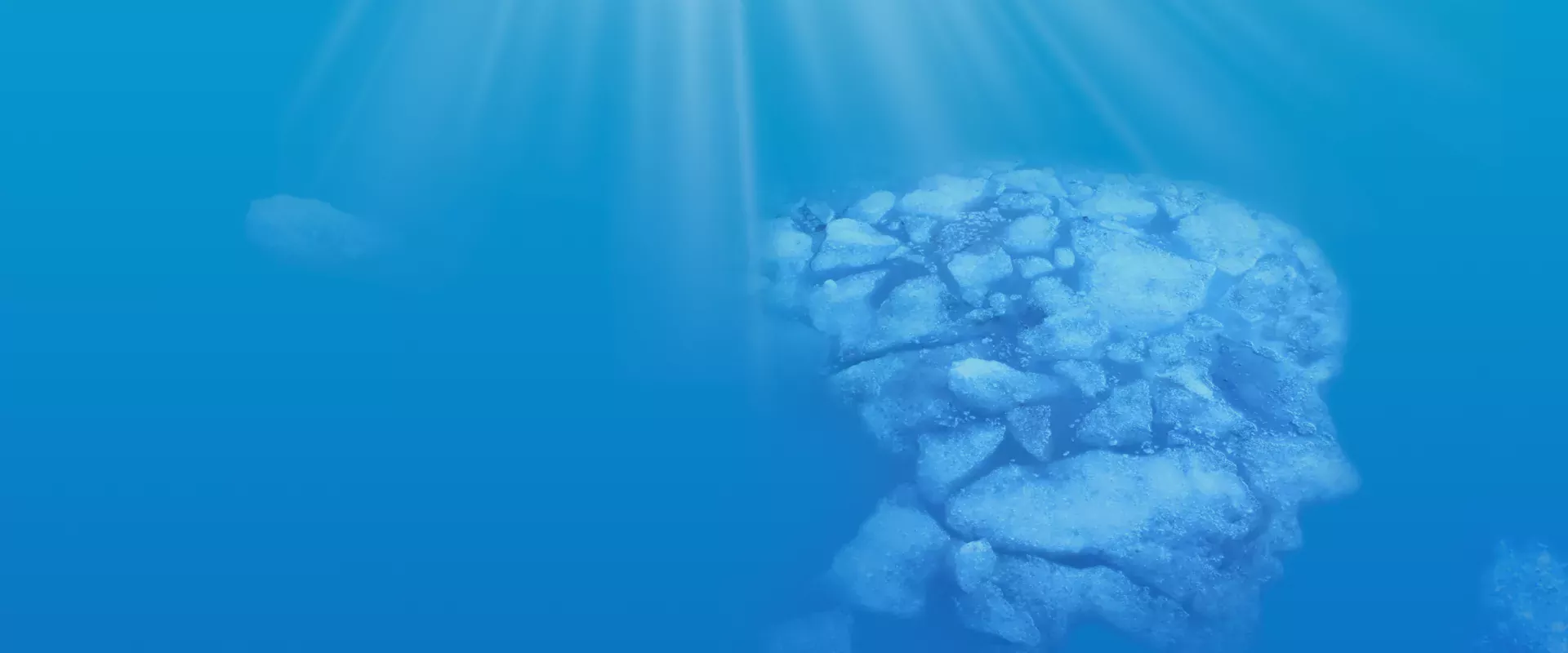
How does cerebrospinal fluid collection work?
As part of the diagnostic workup for memory complaints, your doctor may offer to perform a procedure called lumbar puncture. This examination is performed routinely in neurology consultations. During this procedure a small sample of cerebrospinal fluid (CSF) will be collected.
Cerebrospinal fluid collection
As part of the diagnostic workup for memory complaints, your doctor may offer to perform a procedure called lumbar puncture. This examination is performed routinely in neurology consultations. During this procedure a small sample of cerebrospinal fluid (CSF) will be collected.
The testing of this sample will measure markers of neurologic disorders. Results obtained by this testing can help with establishing the correct diagnosis and manage the disease appropriately.

What is cerebrospinal fluid?
Cerebrospinal fluid (CSF) is the liquid surrounding the brain and spinal cord. It is produced continuously and in large quantities by a network of blood vessels in the brain.
Collection of a small amount of CSF from the lower back usually does not affect the brain or the spinal cord.
How to prepare at home before the exam?
No specific preparation is necessary. You will need to give consent for the test to be performed. Your doctor will give the precise instructions to follow.
How long is the test?
It usually lasts about fifteen minutes.
How is the procedure?
You come in the morning at the day hospital or in the office.
First, your back will be cleaned and anesthetic is applied. Collection is done while sitting or lying on the side, the back as round as possible in order to properly release the lower back.
During the procedure a few milliliters (a very small amount) of cerebrospinal fluid will be collected by inserting a very fine needle into a space between the vertebrae in your lower back.
After the procedure, you should plan to rest for several hours, to prevent fluid from leaking around the site of the puncture. You will not need to lie flat on your back the entire time.
The medical staff / personnel will guide you through the entire procedure.
Is this examination painful?
Lumbar puncture is performed under local anesthesia. Lumbar puncture is usually painless. More rarely, it can be painful if the puncture site is inaccessible or osteoarthritis is present. Your doctor will assess the safety and feasibility of performing the procedure beforehand.
Are there conditions that prevent from obtaining CSF sample?
This test is more dangerous for people with:
- Blood clotting problems
- Low platelet count
- Infection at the puncture point
- A tumor in the back of the brain that is pressing down on the brainstem
To confirm the safety and feasibility of performing the lumbar puncture, the doctor will ask about your medical history and treatments and may order additional blood test.
What are the risks associated with the procedure?
In less than 10% of cases, headaches can occur within 24 hours after the puncture. The pain can increase when standing and disappear when lying down. Rarely, bleeding into the spinal canal or around the brain, and infection introduced by the needle can occur.
Preventive measures will be implemented at the time of collection to avoid and/or reduce the occurrence of pain, bleeding and infection.
For more information, never hesitate to ask questions to the medical staff.
The content above was prepared by neurologists in the Memory Centers in order to inform patients before cerebrospinal fluid collection. The physician performing the lumbar puncture is exclusively responsible for this intervention.
